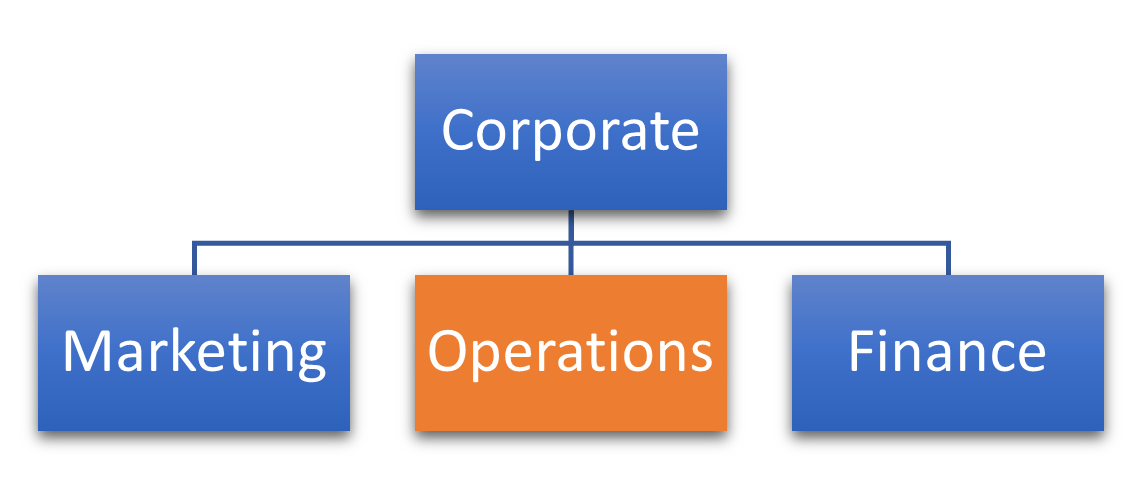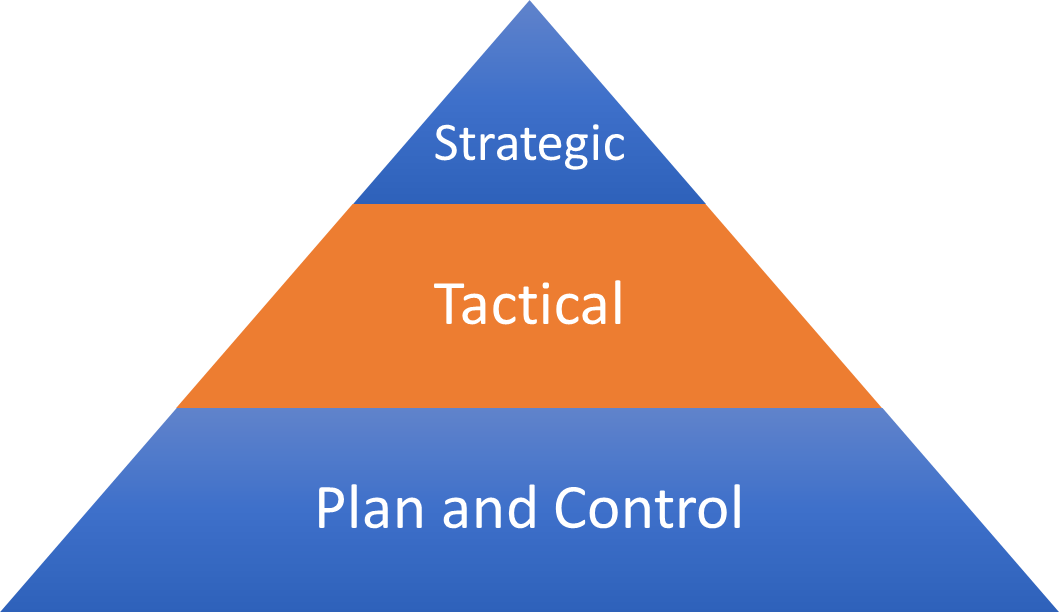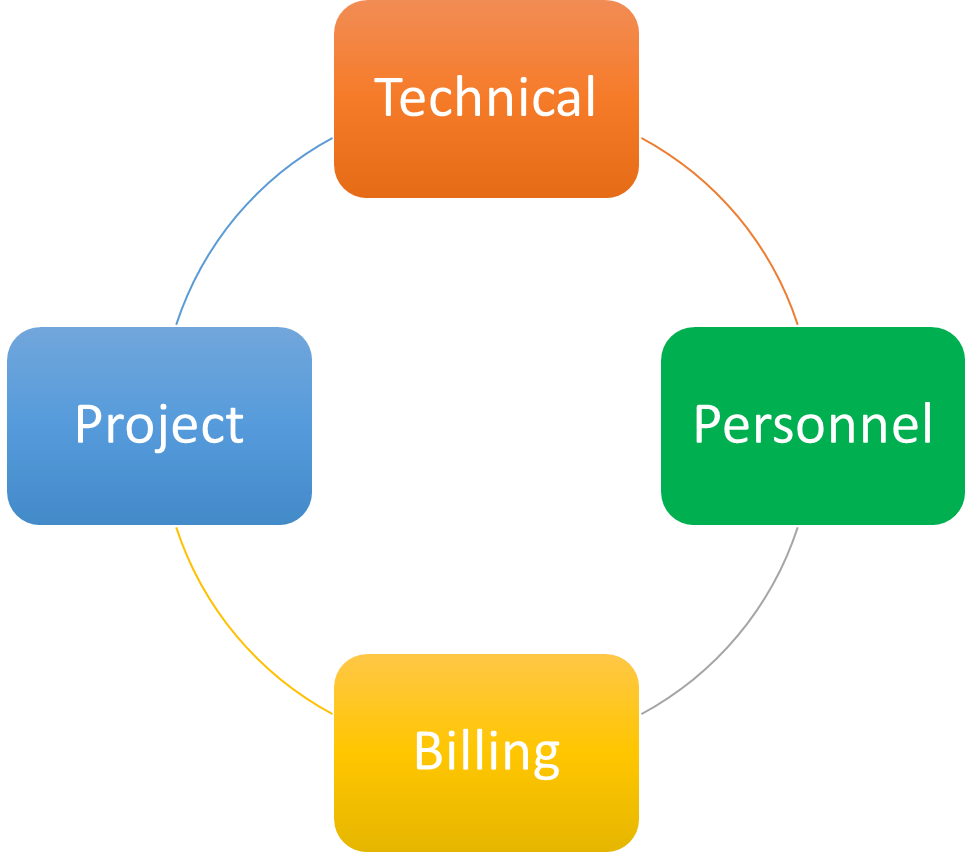Gain Control of Operations to Activate Results
If you google “Operations Management,” you’ll find 100s of concepts, theories, and charts. Many of these provide great insight, but finding knowledge in all that information can be challenging. Also, the point is not to know 100s of concepts, but rather to find a few key concepts to help structure then activate your operational responsibilities to drive results (i.e., profit, efficiency, capacity, customer satisfaction).
I have found that activating some key concepts with sensible structure has been essential in improving my team’s ability to drive corporate value.
This is the first of a four-part post describing ideas to Define, Structure, and Activate Operations for your organization.
- Part 1: Key Concepts
- Part 2: Operational Philosophy
- Part 4: Structure and Tools
- Part 3: Operationalizing to drive results
Definition
To begin, let’s start with this definition:
“Operations Management is the business function responsible for planning, coordinating, and controlling the resources needed to produce products and services for a company.”
Based on this definition, your scope of work starts at activating a strategic plan. This is most often completed utilizing programs and projects. Then you transition into a purely operationalized set of activities that retain the value of the project, programs, and strategic plan. This drives results and value. Also important to note: Operations (or activities that are operational in nature) exist in every department. So, think about these concepts as responsibilities, rather than departments.
Part 1: Key Concepts
The 5 Key Concepts

“Operations” means many things to different organizations. However, it’s helpful to understand the 5 Key Concepts of Operations Management and how Operations functions within an organization… whether your organization has a defined Operations department or not.
1. Business Hierarchy

The Business Hierarchy diagram is a conceptual view of the 4 primary functions within business:
- Corporate: Where business strategies and objectives are formulated
- Marketing: Where visibility to the customer is focused
- Finance: Where funding for the business is managed
- Operations: Where responsibility for products or services are managed
This is not an organization chart (note it’s missing IT, Accounting, Sales, etc.), but simply a view of how a business is organized.
2. Operational Management Hierarchy

The OM Hierarchy is how Operations is organized, internally. It’s composed of 3-tiers:
- Strategic: Includes operational policies and plans
- Tactical: Includes scheduling and management
- Plan and Control: Includes tasks and activities
Even within Operations, there is a strategic component (the “what should we do” question). Tactical is “how” and Plan and control is the activation of the operational strategy (which aligns with the overall corporate strategy).
3. The Functions

From a conceptual perspective, where Marketing, Finance, and Corporate levels contain Inputs and Outputs; only Operations takes Inputs and Transforms to Outputs:
- Inputs: Raw materials, Plans, Ideas, etc.
- Transform: Converting inputs into their desired output states
- Outputs: Results of the transform function
4. The Components

The Components within Operations can be considered its “core responsibilities”:
- Project: Time and action subcomponents - often held in a Project Management team
- Technical: Focused on data and analytics - often held in an IT or data team
- Billing: Billing and expense control - usually held in the Finance team
- Personnel: Roles and skillsets (not reporting relationships and hierarchy) - often held HR
5. The Focus Areas

Operations contains 9 Focus Areas that impact and/or improve how well the business functions:
- Utilization: How are resources being consumed?
- Quality: What’s the quality of the process, output, product?
- Forecasting: Where do we need to adjust maintain/improve?
- Risk Reduction: Where is operations exposed?
- Efficiency: Are we utilizing our resources to the max?
- Customer Responsiveness: How do we respond to questions/concerns?
- Capacity: How much can we produce?
- Project: Are our project consistent/reproducible? How is our scheduling (late?)
- Productivity: How productive are staff? Technical systems? Management processes?
Conclusion
These 5 Key Concepts are a consolidation of other concepts you can find on the web. While it’s certainly not an exhaustive thesis, hopefully, this information sets the stage for the next step – to take these concepts and develop philosophies and structures – and at the end, activate for corporate value.
References
- (2005). “Operations and Service Management.” South-Western, a division of Thomson Learning.
- (2003). “Fundamentals of Operations Management.” The McGraw-Hill Companies, Inc. • Hellriegel, Jackson, and Slocum
- (1999). “Operations Management.” South-Western College Publishing. • Reid and Sanders
- (2010). “Operations Management.” Wiley Publishing. • Fitzsimmons & Fitzsimmons
- (1998). Service Management 2ed., Irwin/McGraw-Hill. • Metters, King-Metters, Pullman, Walton
- (2006). Successful Service Operations Management 2ed., Thomson. • Nelson.
- (2005). “Baldridge—Just What the Doctor Ordered.” Quality Progress. • Sower, Duffy, Kohers, et al.
- (2001). “The Dimensions of Service Quality for Hospitals…” Health Care Management Review. • Ashkenas, Ron
- (2010). “Simply Effective - How to Cut Through Complexity in Your Organization and Get Things Done.” Harvard Business Press. • Foundations of Leadership in Catholic Health Care
- (2018). National Mission Group of Catholic Health Initiatives. • Emotional Intelligence 2.0. TalentSmart
- (2009) • Always Day 1. Jeff Bezos. Amazon.com.